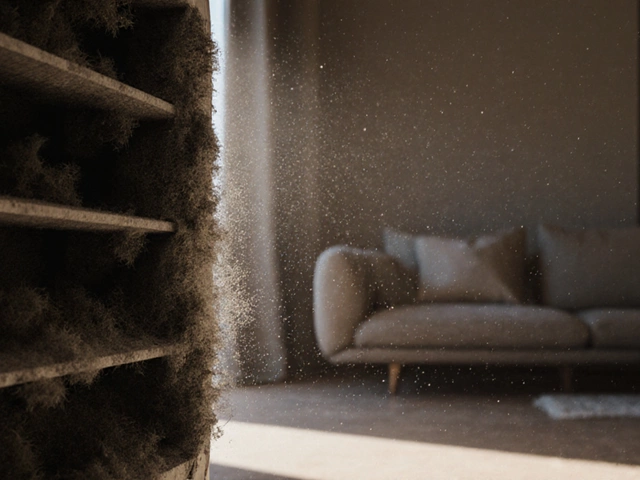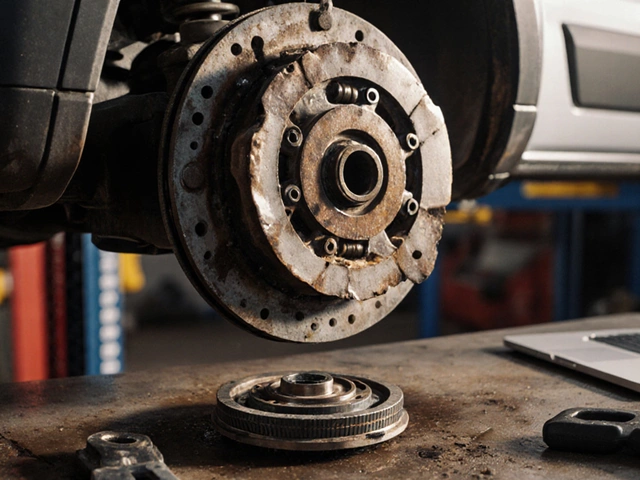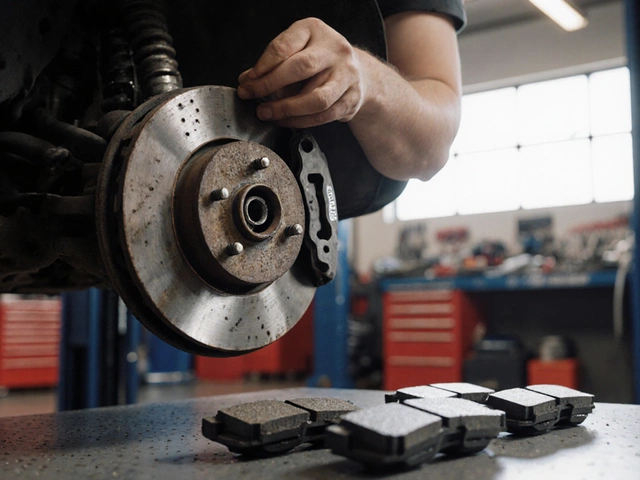
MERV Rating: What It Means for Your Car's Air Filters and Cabin Health
When you hear MERV rating, a standard scale that measures how effectively an air filter captures airborne particles. Also known as Minimum Efficiency Reporting Value, it’s not just for home HVAC systems—your car’s cabin air filter uses the same scale to decide what dust, pollen, and pollution make it into your breathing space. A low MERV rating might let in road grime and pollen, while a high one can block smog and even fine particles from brake dust. But here’s the catch: not every car can handle a high-MERV filter. Too dense, and your blower motor strains, airflow drops, and your AC starts working harder—costing you fuel and comfort.
The engine air filter is a different story. It doesn’t use MERV ratings, but the principle is similar. A clogged or low-quality filter lets dirt into your engine, which grinds down pistons and valves over time. You’ll see it in reduced fuel economy, rough idling, or even check engine lights. Your car’s HVAC maintenance and engine health are both tied to how well the filters do their job. MERV ratings help you compare cabin filters, but you need to match the filter to your car’s design—not just pick the highest number on the shelf.
What you’ll find in these posts isn’t theory. It’s real-world testing: how a dirty cabin filter makes your AC smell like a gym sock, why skipping filter changes leads to $500 HVAC repairs, and which MERV levels actually matter for Indian cities with heavy dust and traffic. You’ll also see how engine filtration connects to clutch wear, fuel pump strain, and even brake performance—because everything in your car is linked. No fluff. No marketing buzzwords. Just what happens when you ignore filters, and how to fix it before it costs you more than a new set of tires.
-
2 Oct






